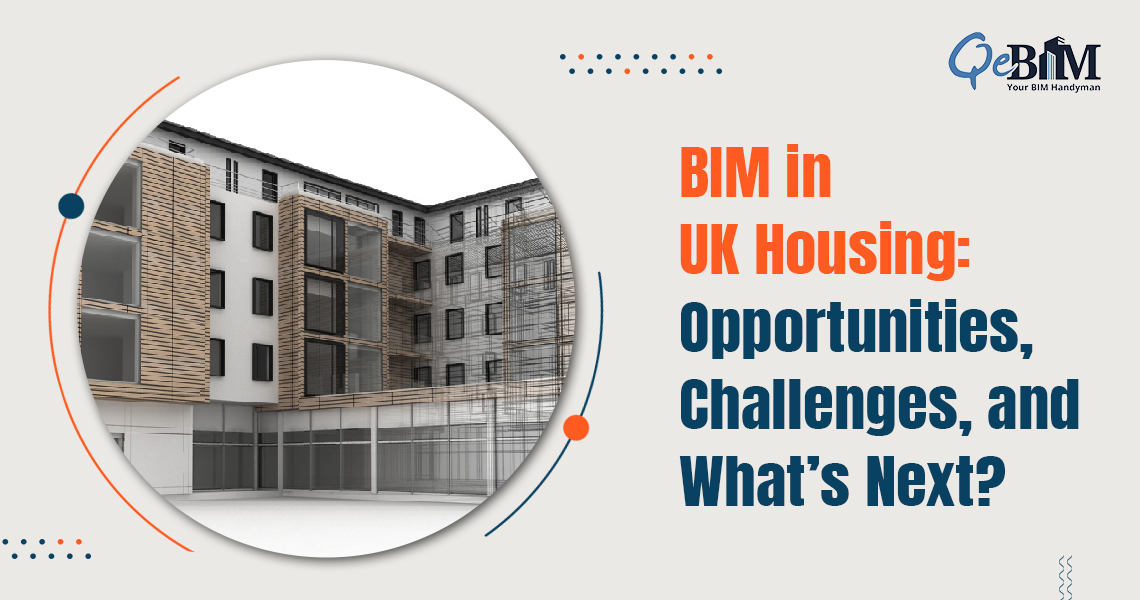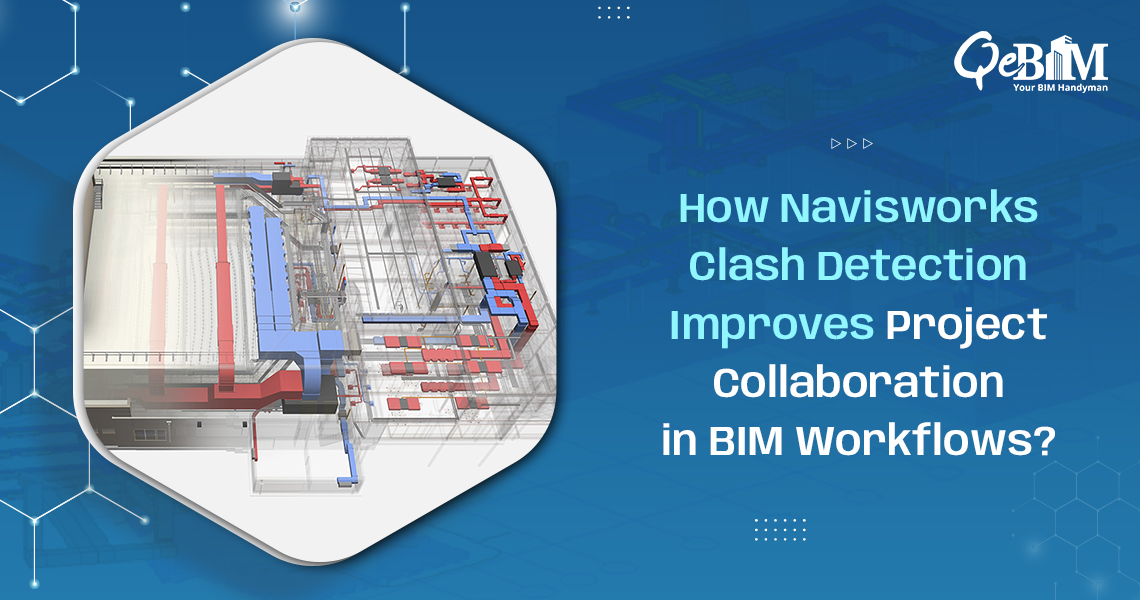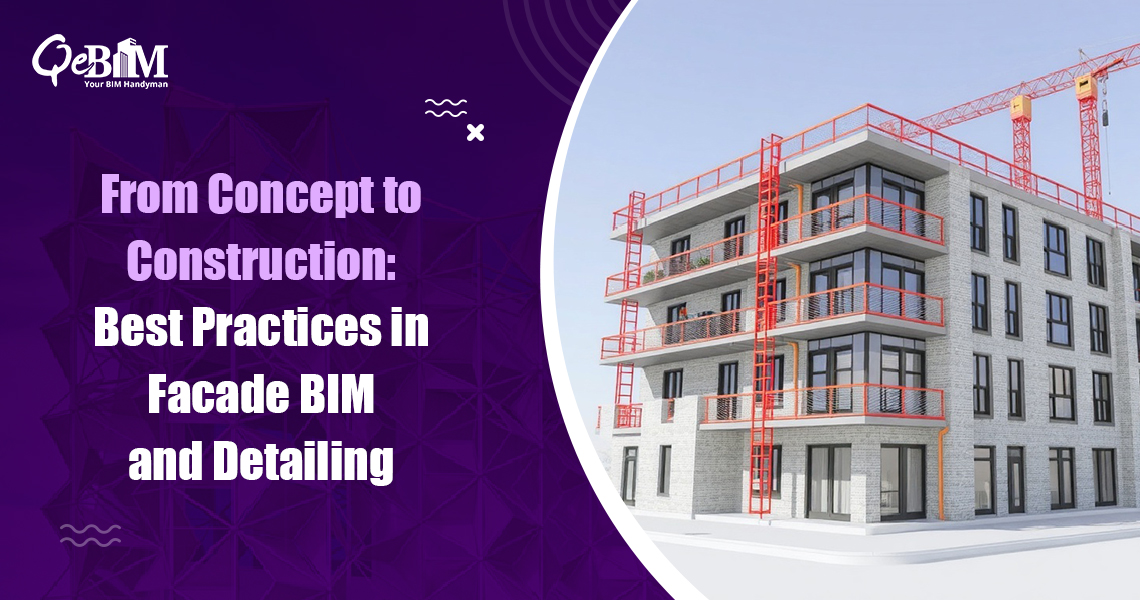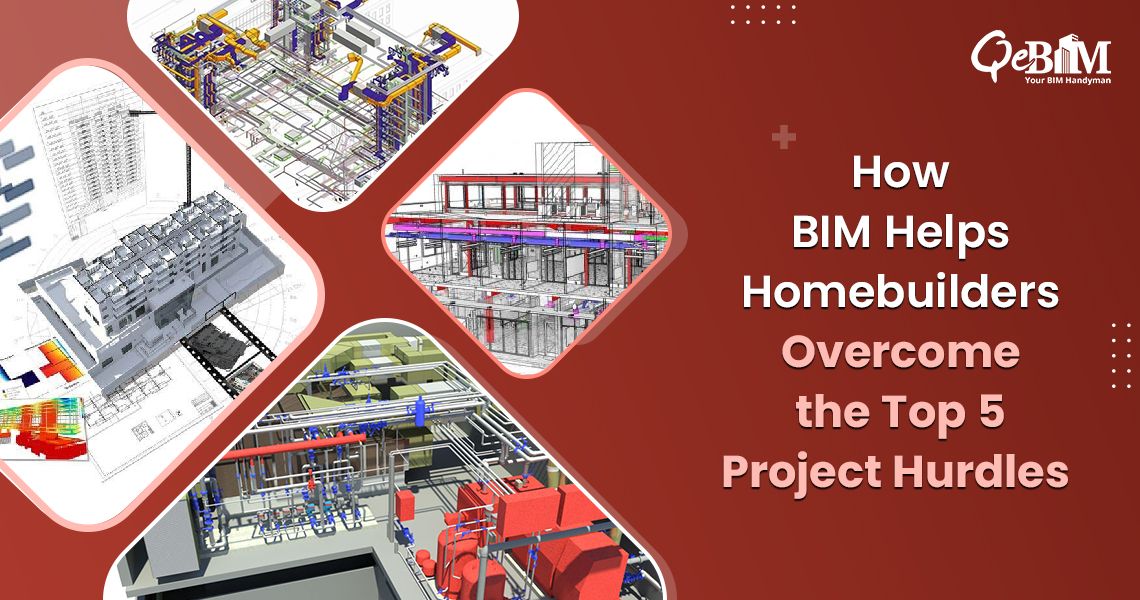With the UK facing a deepening housing crisis, innovative construction methods are stepping into the spotlight to boost supply, reduce costs and enhance the quality. One such transformative technology is Building Information Modelling (BIM). While BIM has been extensively utilized in the commercial and infrastructural sectors, its potential to revolutionize the housebuilding—through improved collaboration, waste reduction as well as the data-driven decision-making is increasingly recognized.
Why BIM Matters in UK Housebuilding?
Despite its proven benefits in large-scale projects, the BIM adoption in UK residential construction particularly in the housebuilding has been comparatively slow. However, with the current push towards the digitalization and sustainable housing, the time is ripe for the broader BIM integration.
Key Benefits of BIM in Housebuilding
- Enhanced Design Accuracy & Coordination
BIM facilitates the creation of precise 3D models that integrates the architectural, structural and MEP systems, reducing the design clashes, minimizing the reworks and even accelerating the construction timelines. - Cost and Time Efficiency
According to McKinsey, the BIM adoption can lead to the significant cost and time savings by improving the planning and reducing the on-site changes. - Improved Collaboration
Cloud-based BIM platforms enables the seamless communication among the architects, engineers, contractors and even the developers which is crucial in the fragmented housebuilding supply chain. - Sustainability and Energy Efficiency
BIM supports the environmental performance analysis at the early design stages aligning well with the UK government’s commitment to Net Zero by 2050 and the Future Homes Standard (2025).
The Current Landscape: BIM Adoption in UK Residential Sector
While BIM Level 2 compliance became mandatory for centrally procured public sector projects in 2016, the private residential construction has seen a slower uptake.
- A 2024 survey indicates that only 26% of the industry players are non-users of BIM, showing a significant decrease from previous years. Approximately 25% of BIM users apply it to all projects, while about 50% use it for the majority of their projects.
- Larger developers like Barratt Developments and Berkeley Group have started to embrace BIM but SME housebuilders who make up a significant portion of the housing output still faces the barriers to adoption.
Key Challenges in BIM Implementation
- Cost and Resource Constraints
Small and medium-sized developers often cite the upfront investment in the BIM software, hardware as well as the training as a major deterrent.
- Skills Gap
There’s a lack of trained professionals with the BIM expertise in the residential construction especially in the SMEs that lack the dedicated digital teams.
- Resistance to Change
Traditional construction workflows and siloed practices make the transition to a digital, collaborative BIM approach quite challenging task.
- Fragmented Supply Chains
In housebuilding where subcontracting is common, the consistent BIM usage across all the project partners can be quite difficult to achieve.
Unlocking the Opportunities: Strategic Solutions
- Government Support & Policy Alignment
Public sector housing and planning policies can play a role in driving the BIM adoption through the incentives, grants and procurement criteria.
- For example, mandating BIM usage for affordable housing or Build to Rent schemes could accelerate the adoption.
- Standardization and Templates for Housebuilding
Developing BIM object libraries, templates and pre-configured design sets tailored to the housing can reduce the modeling costs and speed up the adoption.
- Training and Upskilling Initiatives
Institutions like CITB and Digital Construction Skills are providing training programs. Collaborations with the local colleges and universities can help close the skills gap.
- Cloud-Based and Scalable Solutions
Affordable cloud-based BIM platforms and plug-and-play tools can lower the entry barriers for the SMEs thereby offering the flexible deployment without any heavy infrastructure.
- Integration with MMC (Modern Methods of Construction)
BIM supports modular and offsite construction by enabling precision design, prefabrication, and logistics planning, critical for scaling up the housebuilding.
Real-World Example: BIM in Action
Home Group, one of the UK’s largest housing associations implemented the BIM on their modular homes pilot project. The result?
- 50% reduction in the delivery time
- 30% cost savings on long-term maintenance
- Enhanced resident satisfaction through improved design quality
This demonstrates that BIM, when integrated from the outset can transform the residential development from design to even the post-occupancy.
Embracing BIM Outsourcing Services
To bridge gaps in the capacity and expertise, many UK developers are turning to BIM Outsourcing Services as a practical solution. These services offers the access to the skilled professionals and cost-effective scalability thereby enabling even smaller firms to benefit from the BIM adoption. Leveraging BIM Modelling Services also ensures the high-quality, clash-free design documentation hence improving the project outcomes and compliance with the evolving regulatory standards.
Final Thoughts
To meet the UK’s ambitious housing targets—370,000 new homes per year—while ensuring quality, sustainability and affordability, embracing the technology like BIM in housebuilding is not just an option; it’s a necessity. The transition will require investment, collaboration and even a mindset shift but the rewards are significant: more homes, built better, faster and quite smarter.
Let’s build the future of housing—digitally, sustainably and collaboratively.
Are you ready to explore how BIM can transform your residential projects?
Reach out to our BIM experts today to get started.





